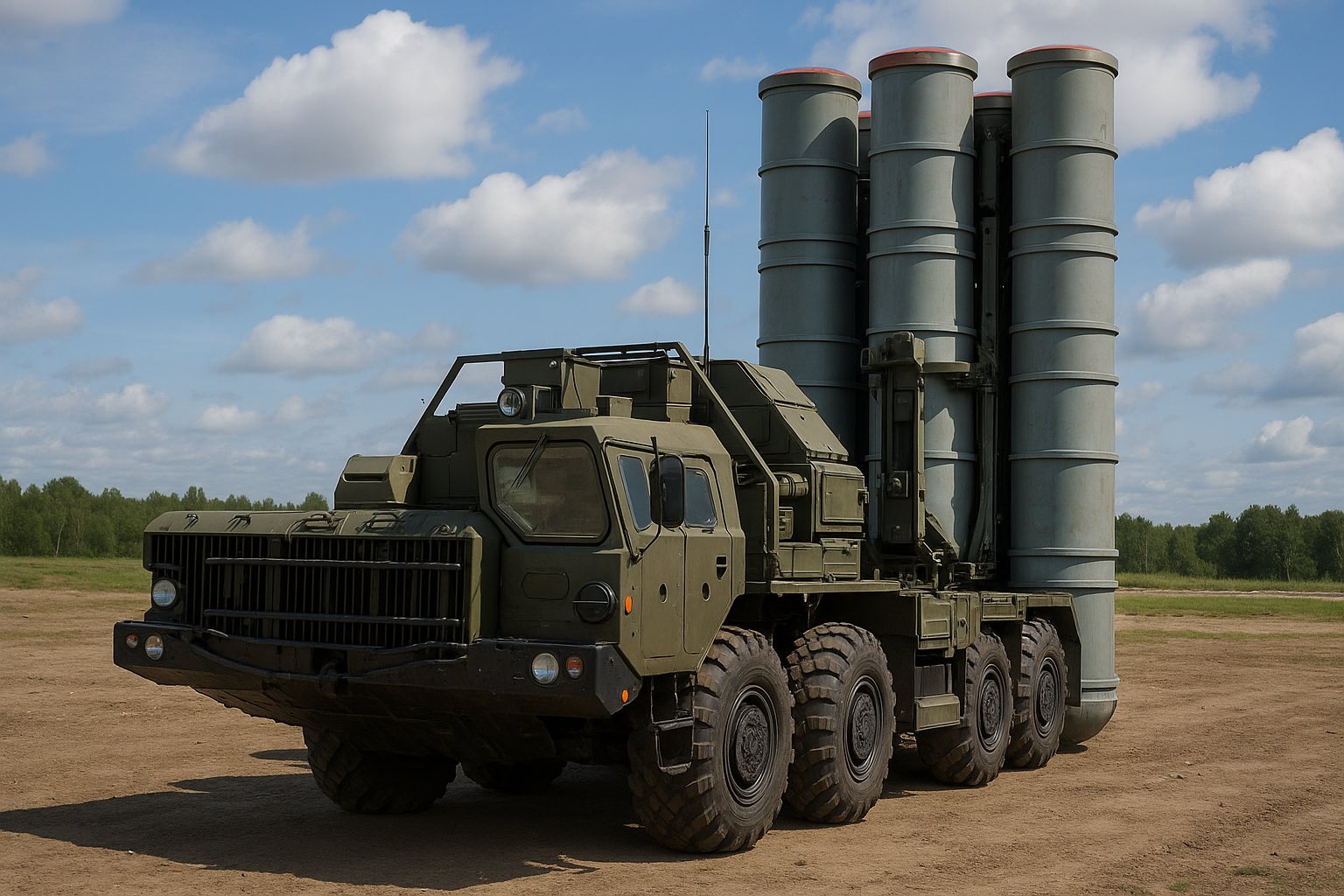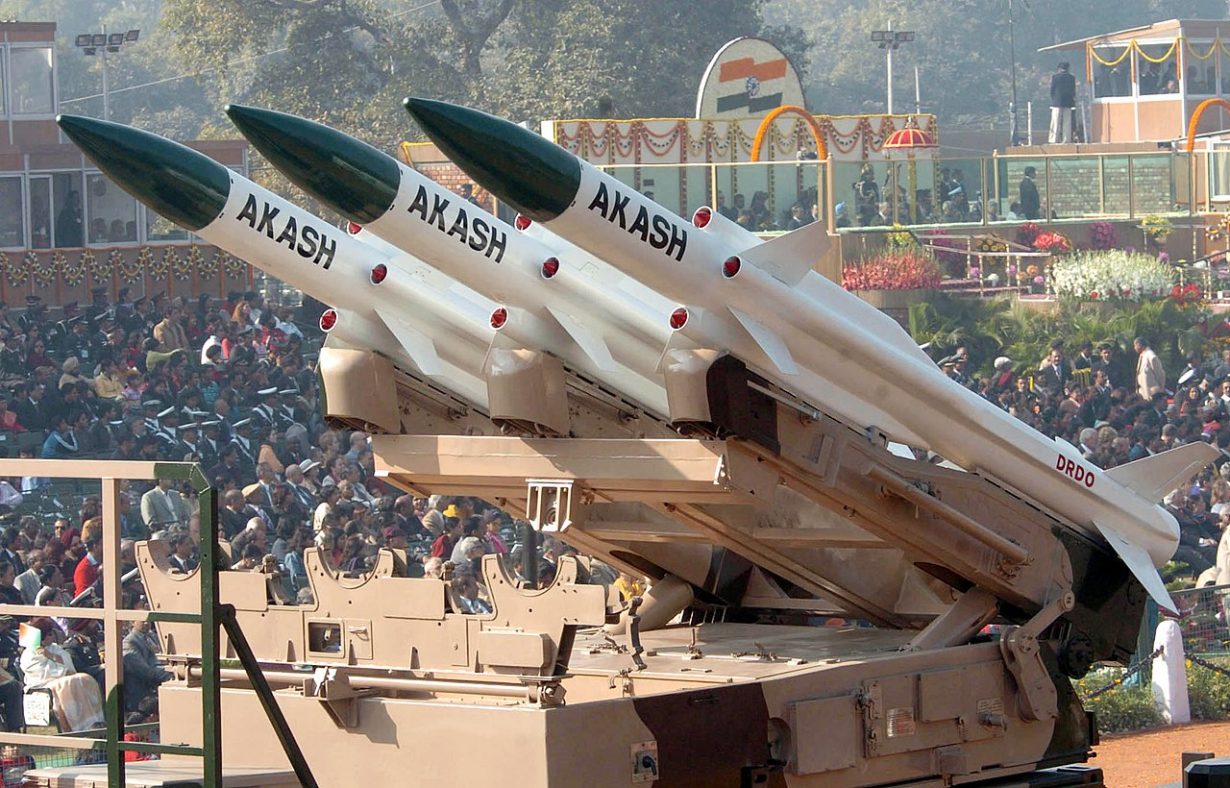Picture this: It’s the crack of dawn on August 15, 2025, and Delhi’s Red Fort is no mere monument to Mughal glory—it’s the crucible for a modern saga.
As the first rays of sunlight slice through the morning haze, bathing the ancient sandstone in fiery gold, Prime Minister Narendra Modi ascends the podium. The tricolour snaps in the breeze, but the real unfurling is a vision: a defence blueprint that fuses poetic resolve with cutting-edge engineering.
This isn’t your grandfather’s Independence Day oration—it’s a calculated gambit in a world where drones swarm like locusts and missiles murmur threats across borders.
In an era of digital warfare, Modi’s words are a clarion call, heralding a new epoch of self-reliant deterrence. Buckle up—this morning’s spectacle is no parade of flags; it’s the forging of an iron shield in the furnace of innovation.
A New Era Of Deterrence
The stakes couldn’t be higher. South Asia teeters on a razor’s edge, with technology reshaping conflict faster than treaties can keep up. Modi’s address isn’t just rhetoric; it’s a strategic salvo, signalling India’s readiness to dominate the skies with homegrown ingenuity.
This narrative weaves together technology, strategy, and national pride, setting the stage for a defence revolution rooted in Aatmanirbharta—self-reliance elevated from slogan to doctrine.
Chapter 1: The Trigger—Pakistan’s New Gambit
The Army Rocket Force Unveiled
On August 14, 2025, Pakistan dropped a strategic bombshell: the launch of its Army Rocket Force (ARF). This isn’t a mere reshuffle; it’s a bold pivot to a dedicated command for missile and rocket systems, consolidating what was once fragmented across army units into a streamlined, rapid-deployment force.
Drawing inspiration from China’s People’s Liberation Army Rocket Force, the ARF signals a shift from conventional artillery to precision-guided, long-range strikes.
Analysts note its potential for faster response times, integration of hypersonic technology, and a deterrence posture that’s as psychological as it is physical.
Context Of The Drone Wars
The ARF’s debut follows the volatile spring of 2025, when the India-Pakistan conflict erupted in a blaze of unmanned aerial vehicles (UAVs). Dubbed the “Drone Wars” by global media, the conflict ignited with the May 5 Pahalgam terror attack in Kashmir—a brutal assault on a pilgrimage site that claimed dozens of lives and inflamed tensions.
India responded with Operation Sindoor on May 7, launching pinpoint strikes on terrorist hideouts in Pakistan-occupied Kashmir (PoK). What set it apart? No boots on the ground—just algorithms in the air, with swarms of indigenous drones guided by real-time satellite and AI-driven analytics.
Pakistan countered with over 300 Turkish Bayraktar TB2 drones and short-range missiles, turning the Line of Control (LoC) into a chaotic aerial battlefield.
Chapter 2: Akashteer—India’s Sky Protector
The Rise Of The Iron Dome
Enter Akashteer, India’s homegrown answer to Israel’s Iron Dome. Meaning “Sky Protector” in Sanskrit, this AI-powered Air Defence Control and Reporting System (ADCRS) weaves radars, sensors, satellites, and command centers into a seamless web of vigilance.
During the May 7-10 clashes, as Pakistani drones buzzed like angry hornets and missiles streaked across the LoC, Akashteer didn’t just detect threats—it predicted, prioritized, and obliterated them. Official reports from the Press Information Bureau (PIB) paint it in near-mythic terms:
“It listened to the whispers of the wind, calculated trajectories faster than thought, and struck with unerring precision.” The numbers are staggering: a 100% interception rate against an estimated 400 aerial incursions, as per LiveMint’s analysis.
The Tech Behind The Shield
At its heart, Akashteer is powered by the Defence Research and Development Organisation’s (DRDO) advanced AI, using machine learning to distinguish decoys from threats in milliseconds.
Trained on petabytes of simulation data, its neural network spots anomalies like a hawk eyeing prey. It fuses inputs from indigenous Ashwini radars, RISAT satellite feeds, and even crowd-sourced intel into a single, actionable “air picture.”
Integrated with the Indian Air Force’s (IAF) Integrated Air Command and Control System (IACCS) and feeding into the Joint Air Defence Centre (JADC), Akashteer is the linchpin of India’s push toward integrated theatre commands—a reform sparked by the 2019 creation of the Chief of Defence Staff (CDS) role.
By 2025, prototypes of Eastern, Western, and Maritime Theatre Commands are operational, with Akashteer as their unifying glue.
Chapter 3: Operation Sindoor—A New Art of Warfare
The Strike That Shook The Region
Operation Sindoor, launched in response to the Pahalgam attack, was no ordinary retaliation—it was a masterclass in precision warfare. Indian forces deployed swarms of indigenous drones and BrahMos supersonic cruise missiles—jointly developed with Russia but increasingly indigenized—to dismantle terror infrastructure in PoK.
Modi’s Red Fort speech hailed it as “a symphony of valour and technology,” recounting tales of operators working under the cover of night, guided by real-time intelligence from GSAT-7A satellites and AI analytics.
A Warning to the World
Clad in his signature saffron kurta, Modi issued a stern warning: “India will not tolerate nuclear threats or any aggression endangering our sovereignty.”
This was a pointed jab at Pakistan’s nuclear sabre-rattling, a shadow over conventional conflicts. Amid whispers of tactical nukes during the Drone Wars, India’s doctrine of “credible minimum deterrence” held firm, promising swift, overwhelming retaliation without crossing the nuclear threshold.
Doctrine In Action
Operation Sindoor embodied a new art of warfare, as Defense Minister Rajnath Singh put it. It showcased agility, scale, and embedded deterrence, with indigenous systems like Akashteer and BrahMos delivering strategic depth.
The operation’s success lay in its fusion of precision intelligence, rapid deployment, and technological integration, minimizing collateral damage while maximizing impact.
Chapter 4: Mission Sudarshan Chakra—India’s Defense Umbrella
A Symbolic Mandate
Named after Lord Vishnu’s divine discus, Mission Sudarshan Chakra is India’s multi-layered defense umbrella, designed to protect everything from nuclear plants and metros to temples and border outposts.
It integrates surveillance (AI cameras, drones), interception (missile systems), and counter-attack (precision strikes) into a resilient network. At its core is Aatmanirbharta, transforming self-reliance into a strategic doctrine.
Think of it as a digital fortress: AI predicts threats, blockchain secures data chains, and quantum-resistant encryption shields communications.
Cultural & Strategic Fusion
Sudarshan Chakra isn’t just hardware—it’s a cultural statement, weaving self-reliance, faith, and national ambition into a cohesive security fabric. By tying defense to India’s spiritual and historical ethos, Modi framed it as a sacred mission to protect the nation’s sanctity, resonating deeply with the public.
Chapter 5: The Defense Ecosystem
Akash Missile System
The Akash, a surface-to-air missile developed by DRDO and Bharat Electronics Limited (BEL), has been a workhorse since 2015. Its latest variant, Akash Prime, nailed targets at 15,000 feet in Ladakh’s July 2025 tests, linked to the Rajendra phased-array radar for multi-threat tracking.
It forms the mid-tier of India’s air defense, complemented by QRSAM for low-flying drones and the S-400 Triumf for long-range engagement up to 400 km.
S-400’s Defiant Stand
Pakistan claimed strikes on India’s S-400 batteries at Adampur during the May clashes, but Modi’s visit there on May 13 was a masterclass in defiance.
Posing with radar vans, he quipped, “Our shields are not just iron; they’re forged in the fire of resolve.” Independent assessments suggest minimal damage—likely decoy hits—thanks to mobility and electronic countermeasures, underscoring deception’s role in modern warfare.

Integrated Rocket Force (IRF)
India’s IRF concept unifies surface-to-surface assets under a tri-service command: Pralay ballistic missiles (500 km range), BrahMos for supersonic strikes, Pinaka for rocket barrages, and hypersonic BM-04 variants exceeding Mach 5.
Centralizing these enables rapid, theatre-specific strikes, mirroring Operation Sindoor’s agility. Rajnath Singh called it “a new art of warfare,” blending precision intel from GSAT-7A with AI for surgical precision.
Chapter 6: Strategic Implications
Deterrence By Denial
Pakistan’s ARF amplifies threat volumes, but India counters with deterrence by denial—making attacks costly and futile. Akashteer’s 100% interception rate in May eroded Pakistan’s confidence, while layered defences (Akash, S-400) create a dense, dynamic shield that neutralizes threats before they strike.
Techno-Strategic Credibility
Akashteer’s battle-proven status makes it export-ready, with Southeast Asian nations eyeing it amid China’s assertiveness.
Powered by indigenous chips from India’s Semiconductor Mission, it reduces reliance on foreign tech, addressing supply chain vulnerabilities exposed in conflicts like Ukraine. Firms like BEL and Larsen & Toubro are scaling production, aligning with “Make in India.”
Integrated Doctrine
Theatre commands—Western, Eastern, Maritime—are operational, integrating IAF squadrons, army artillery, and naval assets. JADC, with Akashteer’s real-time feeds, shifts from siloed to joint operations, echoing U.S. models but infused with Indian cultural elements, like Mahabharata-inspired exercises for morale.
Emotional Resonance
Modi’s narrative tied defense to “mothers, sacred spaces, and a billion dreams,” framing Aatmanirbharta as a spiritual quest. Aligning with “Viksit Bharat” (Developed India), systems like Sudarshan Chakra symbolize innovation and pride, resonating emotionally with the nation.
Chapter 7: The Road Ahead
Densifying Deployment
Akashteer units must expand to coastal belts, urban hubs like Mumbai, and flashpoints like Arunachal Pradesh, ensuring comprehensive coverage of vulnerable corridors against diverse threats.
Layering The Envelope
Sudarshan Chakra must sync Akashteer, Akash, S-400, and IRF to counter hypersonic threats with hypersonic responses, creating a cohesive, multi-layered shield that adapts in real time.

Operational Integration
Full theatre commands by 2027 require robust cyber defenses to protect radars from hacks, ensuring seamless edge-to-command control across services for unified operations.
Narrative Warfare
Aligning defense with “Naya Bharat” (New India) boosts recruitment and public buy-in. Exporting Akashteer could fund R&D, creating a virtuous cycle where innovation fuels growth and global influence.
Conclusion: A New Defense Epoch
That Red Fort dawn wasn’t pageantry—it was prophecy.
As Pakistan builds its ARF, India’s iron shield, led by Akashteer, stands sentinel. From drone swarms to missile mazes, the shift to integrated, indigenous warfare is underway.
It’s a dawn where AI meets ancient resolve, crafting skies not just defended, but dominated by India’s genius. The iron veil has descended, and beneath it, a nation awakens unbreakable.
- Group Captain MJ Augustine Vinod (Retd), VSM, is a former Mirage 2000 fighter pilot, air accident investigator, and co-founder of AMOS Aerospace. He writes on emerging defense technologies, AI in warfare, and India’s aviation future.
- This is an Opinion Article. Views Personal Of The Author
- He tweets at @mjavinod




